K-Beauty Gallery (K-뷰티갤러리)
15.2 Km 4472 2019-03-19
123, Osonggarak-ro, Osong-eup, Heungdeok-gu, Cheongju-si, Chungcheongbuk-do
+82-43-220-4543
K-Beauty Gallery, located inside Osong KTX Station in Chungcheongbuk-do, opened its doors on April 3, 2014. K-Beauty Gallery serves as a venue for the exhibition of promotional and advertising materials used by the Cosmetics & Beauty Expo Osong Korea held in 2013. It also sells various cosmetics and beauty products at the store “Beauty is You.” In addition, exhibitions at the gallery showcase everything beauty-related from traditional styling and make-up techniques to the latest trends in the beauty industry.
Jwagusan Recreational Forest (좌구산 자연휴양림)
15.4 Km 18682 2021-06-04
107, Sotjeommal-gil, Jeungpyeong-gun, Chungcheongbuk-do
82-43-835-4551
Jwagusan Recreational Forest is located at the foot of Jwagusan Mountain (alt. 657 meters). The name of the mountain means a sitting turtle because of the shape of the mountain. The lush forest along the hiking trail offers a refreshing stroll through the woods and the nearby Samgi Reservoir adds to the picturesque beauty of the mountain on misty days. The forest offers easy access to many recreational facilities in the area including a resort village, Samgi Reservoir, a woodland park, and a mountain bike course.
Munui Cultural Properties Site (문의문화재단지)
15.4 Km 19527 2022-12-27
721, Daecheonghoban-ro, Sangdang-gu, Cheongju-si, Chungcheongbuk-do
Munui Cultural Properties Site, overlooking the Daecheongho Lake, attracts many visitors. The site was created to preserve and promote the local traditional culture of Cheongwon (Chungcheongbuk-do); it is a great place to learn about local history, culture, and arts.
The spacious complex (132,232m²) is a home to ten traditional houses (Munsangwan, aristocrat houses, a museum, and a tavern), showing a form of a traditional village. It is also full of dolmen stones (symbolizing abundant procreation), Jangseung (totem poles at the entrance of villages or temples), and Yeonjabanga (millstones worked by horses or oxen), providing visitors with opportunities to learn about traditional culture and life.
With a theme of roof tiles, a relics gallery in the complex boasts over 774 local items, categorized by historical period (e.g. the Silla Period, Baekje Period, etc.). Munsan-ri Stone Bridge, believed to have been built during the Goryeo Period, was restored in front of the gallery.
The complex also offers a wide array of amenities including mineral spring sites, playgrounds, and Munui Movie Village (a drive-in movie theatert). Nearby notable attractions include artificial falls, Yangseongsan Mountain, Jakdusan Mountain, Daecheongho Lake, Nosan Pine Forest, Donghwasa Temple, and Bugang Mineral Springs.
Midongsan Arboretum (미동산수목원)
15.6 Km 44652 2014-10-13
51, Sumogwon-gil, Miwon-myeon, Sangdang-gu, Cheongju-si, Chungcheongbuk-do
+82-43-220-6101
Opened on May 4, 2001, Midongsan Arboretum in Cheongju, Chungcheongbuk-do is a provincial arboretum, built to develop and propagate forestry techniques and found ecological education environments.
Covering an area of 3,114,049.60㎡ (942,000 pyeong), the arboretum houses almost 873 species of plants and 652,000 plants in 11 exhibition halls including an Oak tree hall, a Maple tree hall, and a genetics hall, which presents plant genetic resources like Jeongipumsong hugyemok (succession of pine tree).
In addition to the 11 themed arboretum halls, Midongsan Arboretum also has a forestry educational hall, plant seed bank, research center for wild plants, nature experience camp, and more.
Haeseong (해성)
16.0 Km 21199 2024-03-25
1603 Chungcheong-daero, Jeungpyeong-eup, Jeungpyeong-gun, Chungcheongbuk-do
043-838-3939
Haeseong specializes in Korean beef, gaining acclaim for its grilled galbi. The restaurant sources its premium beef exclusively from Goesan and Jeungpyeong, known for their unspoiled environments. This ensures patrons can savor the distinct flavors of each beef cut. The signature dish is the tender and chewy kkotgalbisal (grilled boneless galbi). Another favorite is the Sohanmari (assorted beef cuts), which includes a variety of cuts such as sirloin, strip loin, beef brisket, and thin flank. Being directly managed by the National Agricultural Cooperative Federation, Haeseong offers these high-quality dishes at reasonable prices.
Bugangok (부강옥)
16.7 Km 25 2021-03-24
103, Bugangoecheon-ro, Sejong-si
+82-10-9577-8953
It is a restaurant that’s featured a lot in various media. This Korean restaurant is located in Sejong-si. The representative menu is blood sausage and rice soup.
Cheonghyang Ilsik (청향일식)
17.9 Km 13973 2017-03-07
97, Jangan 1-gil, Jochiwon-eup, Sejong-si
+82-44-866-7725
Cheonghyang Ilsik is a Japanese restaurant specializing in seafood made with fresh fish and shellfish. In addition to serving delicious dishes, the restaurant also presents a traditional interior design complete with wooden and roof tiles.
Jochiwon Station (조치원역)
18.4 Km 1740 2016-10-26
215, Eutteum-gil, Sejong-si
Opened on January 1, 1905, Jochiwon Station is a major hub for trains on the Gyeongbu Line. It also connects Cheongju to the other areas in Chungcheongnam-do. The station underwent expansion and a second story was built on built on May 19, 1999.
The station plaza has a artworks on display and it also serves as a venue various cultural events. The station's location also made it an important transfer point for trains on the Chungbuk, Gyeongbu, Jeolla, and Honam Lines. With the continuous urban development in Sejong City and Osong City, the station is also expected to play a major role in transportation and commerce for the central region.
Sejong Singwangsa Temple (신광사 (세종))
18.4 Km 7054 2023-04-07
24, Togolgogae-gil, Sejong-si
+82-44-865-5601
Singwangsa Temple is located on Nojeoksan Mountain. It is estimated to have been built 160 years ago, and renovated in 1920 by head monk Lee Gyeong-jik. The temple, originally called Togoljeol or Suryangsa, was renamed Singwangsa by monk Hyewon in 1980. Visitors will discover that this temple is filled with youthful energy. Although the temple has a short history, its location near Hongik University Sejong Campus has helped the temple become popular among college students.
Daecheong Dam Observatory (대청댐 전망대)
18.5 Km 0 2023-04-04
206 , Daecheonghoban-ro, Sangdang-gu, Cheongju-si, Chungcheongbuk-do
+82-43-201-0911
Daecheong Dam Observatory overlooks the clear waters of Daecheongho Lake. At the site is Water Culture Center that offers various things to see relating to the dam as well as informational visual aids related to water. The Dacheonggyo Bridge by the observatory connects to Geumgang Lohas Daecheong Park in Daejeon.

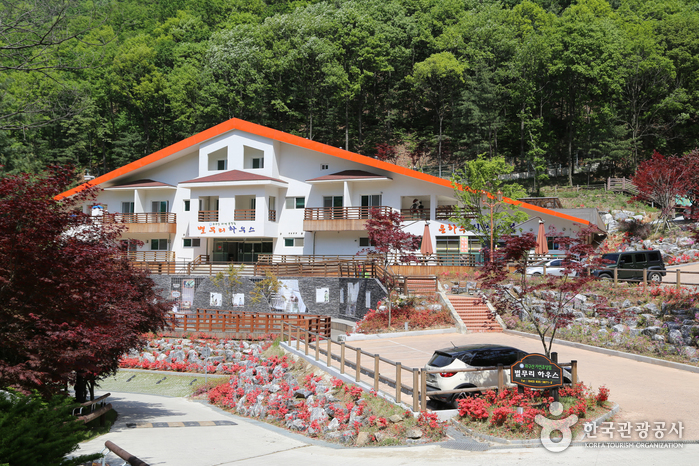
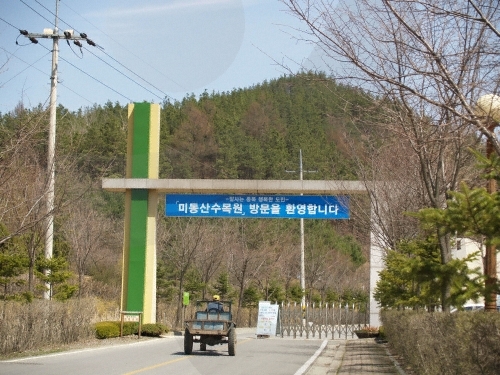
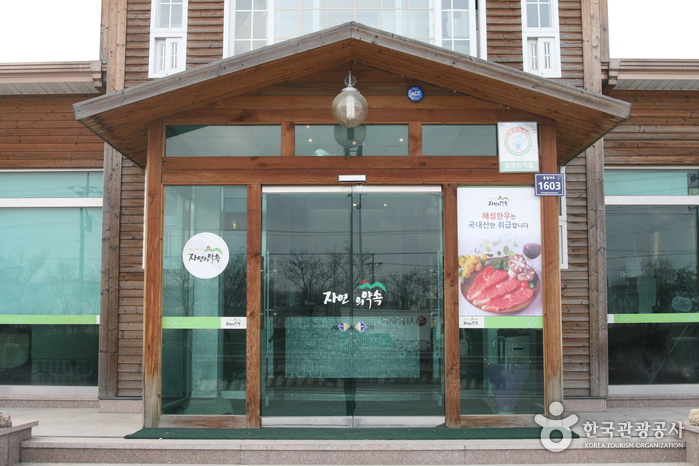
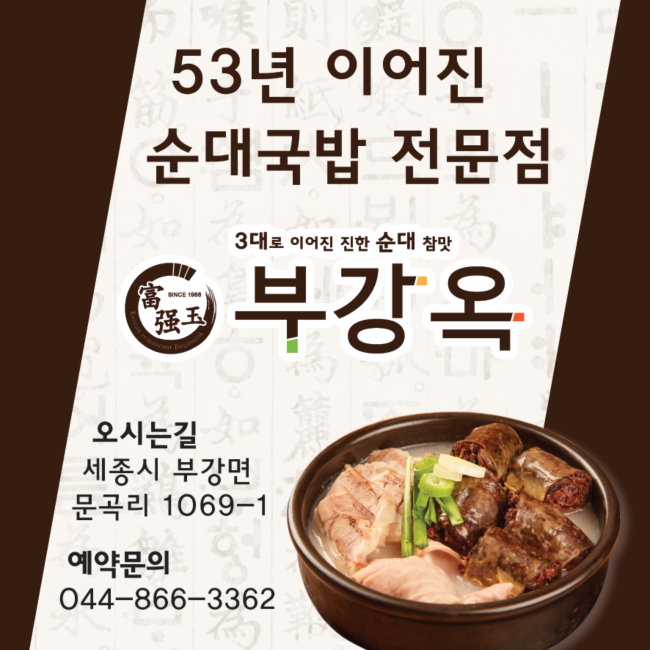
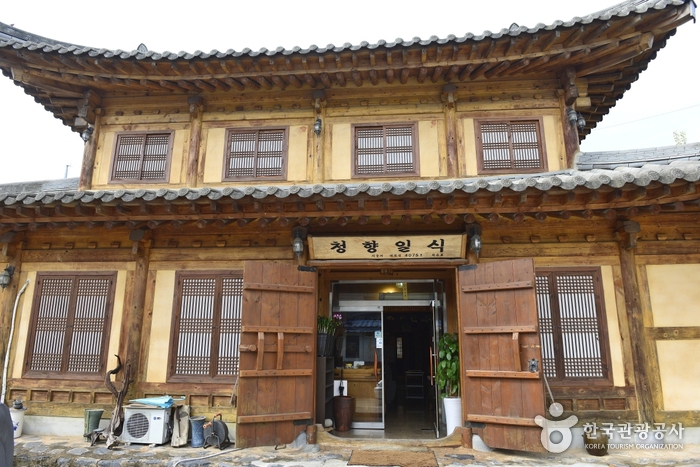
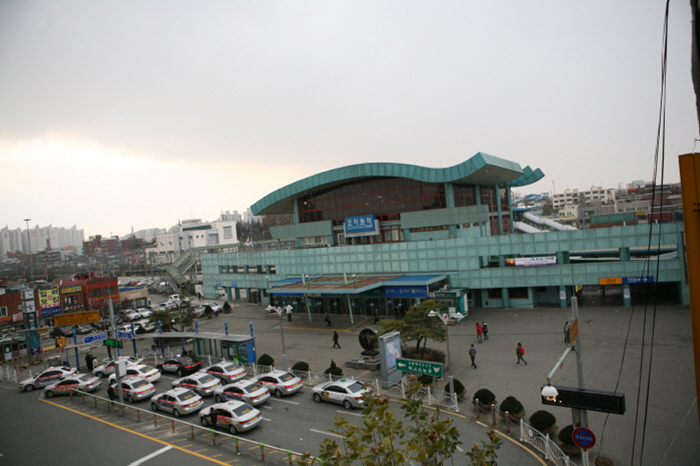
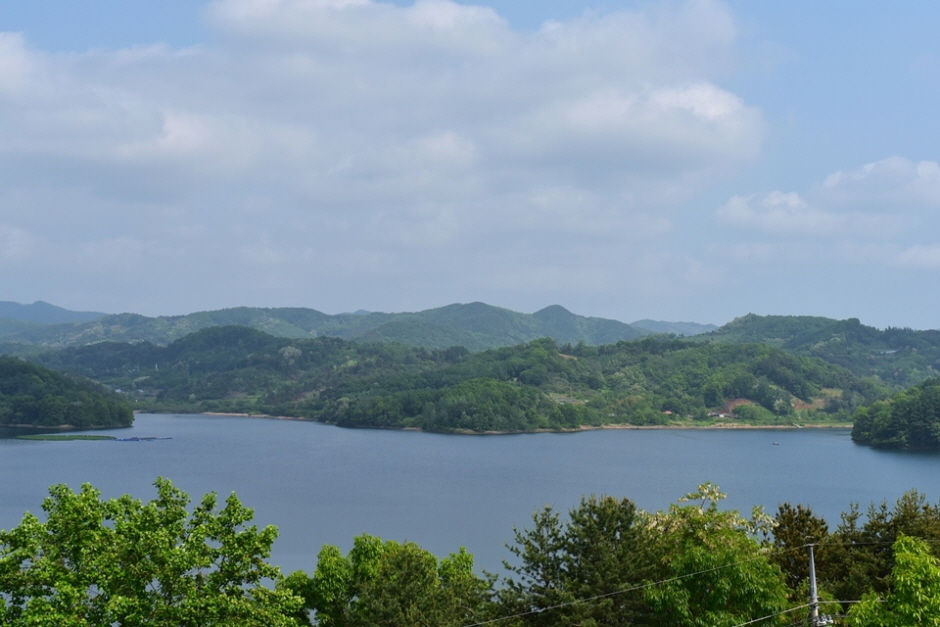
 English
English
 한국어
한국어 日本語
日本語 中文(简体)
中文(简体) Deutsch
Deutsch Français
Français Español
Español Русский
Русский